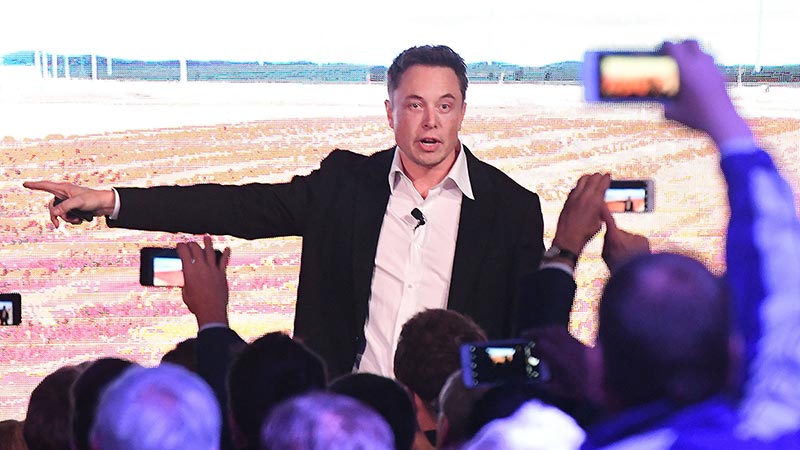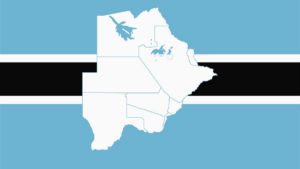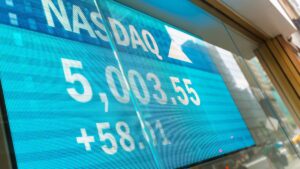Tesla’s big lithium battery in South Australia is making millions, operator confirms

Elon Musk launches the Tesla South Australian stationary storage battery in Adelaide last year. Pic: Getty
Tesla’s landmark $91 million lithium ion grid battery in South Australia made its French operator Neoen about $13 million in revenue across the first half of 2018, the French energy giant has confirmed.
Last week, Electrek magazine estimated revenues of up to $US17 million, based on a prospectus Neoen recently filed ahead of an initial public offering and listing on the Paris stock exchange.
This first half revenue from the Hornsdale Power Reserve included $2.24m under the power purchase agreement with the South Australian government and $10.75m from electricity sales and grid services, a Neoen spokesperson told Stockhead via email.
“The Group expects, on a run rate basis, Hornsdale Power Reserve to generate EBITDA earnings of approximately $4m per year from the PPA signed with the government,” Neoen spokesperson Axelle Vuillermet said.
But the largest revenues were related to the sale of services to the grid, showing how useful the battery is to the national electricity market.
Some 6.7m euros ($10.75m) revenue in the first half of the year came from Hornsdale using its spare capacity to sell electricity to the market and services to the grid.
“These revenues are not fixed and can go up and down according to the situation of the market,” Vuillermet said, adding that electricity prices were particularly high in the first half of 2018.
- Subscribe to our daily newsletter
- Bookmark this link for small cap news
- Join our small cap Facebook group
- Follow us on Facebook or Twitter
The positive impact of the battery’s services was recognised by the Australian Energy Market Operator (AEMO), which stated that frequency and ancillary services (FCAS) provided by Hornsdale were both “rapid and precise, compared to the service typically provided by a conventional synchronous (usually gas) generation unit”.
In May, reneweconomy estimated that the battery had already taken a 55 per cent share in the state’s FCAS market, and lowered prices in that market by 90 per cent — a total saving of around $35 million for consumers in just 4 months.
UNLOCK INSIGHTS
Discover the untold stories of emerging ASX stocks.
Daily news and expert analysis, it's free to subscribe.
By proceeding, you confirm you understand that we handle personal information in accordance with our Privacy Policy.








